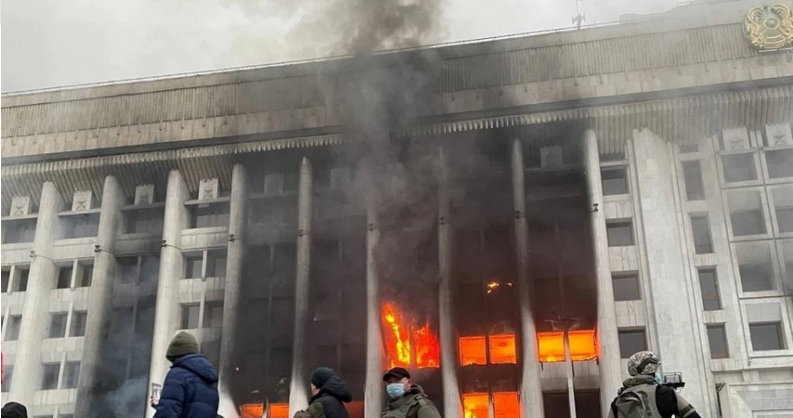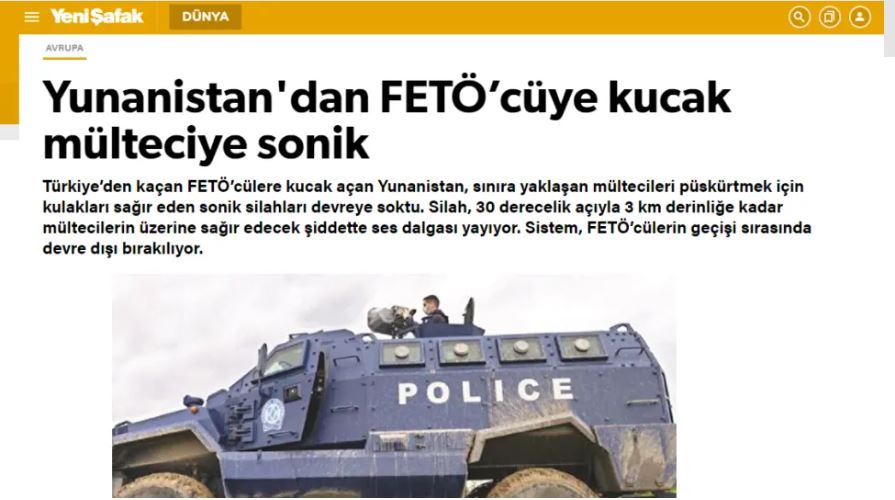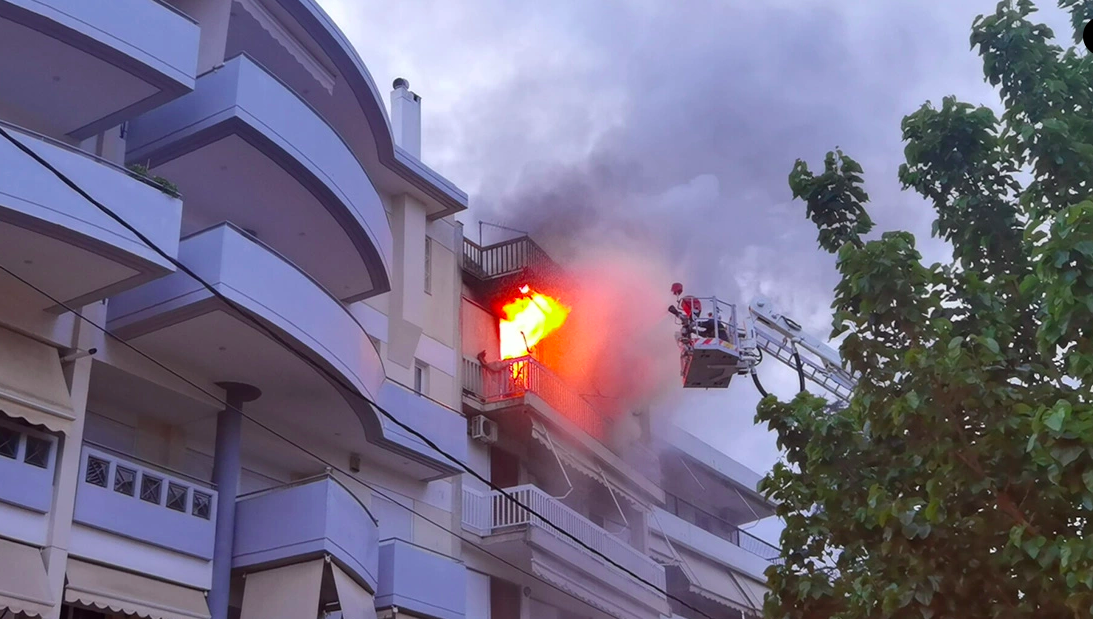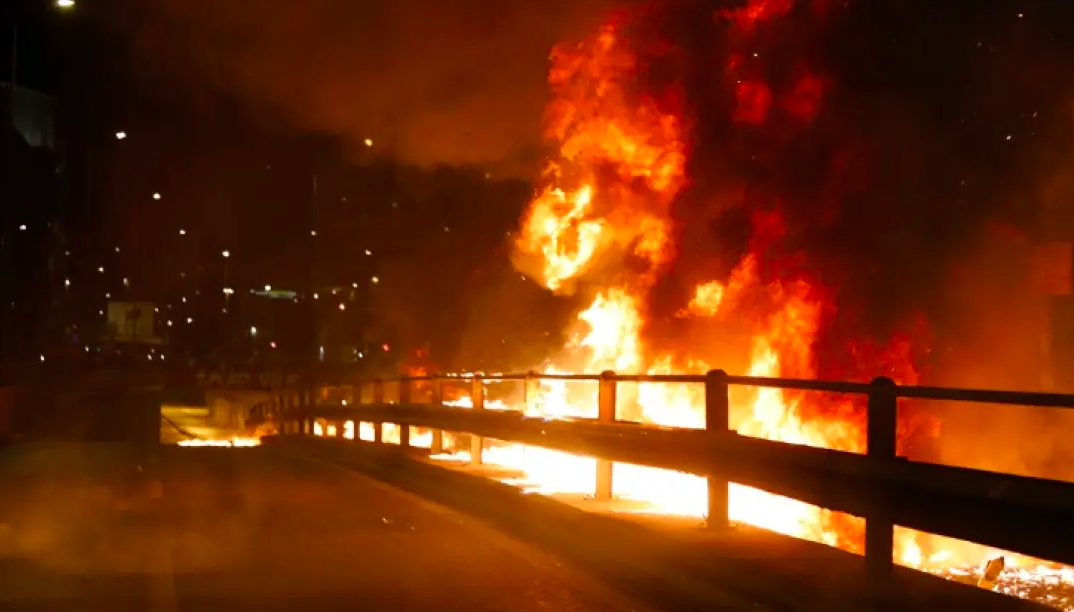The protests that began over the weekend in the western Kazakhstan town of Zhanaozen have rolled into their third day and are now spreading across the country.
The demands of the crowds are sounding increasingly political, according to scant reports from the region.
But they began with something very concrete: the price of liquified petroleum gas, or LPG, the fuel that many use to power their cars.
What caused the spike in LPG prices?
It all began with the phased transition to electronic trading for LPG that began in January 2019 and concluded on the first day of this year. The idea was to gradually end the subsidizing of prices for domestic fuel consumers and to allow the market to dictate prices instead. This means that almost all trade in LPG now happens over online trading platforms, with the exception of sales to industrial consumers in the petrochemical sector and a few other cases.
This policy has, predictably enough, led to a particularly precipitous rise in costs where demand for this fuel is high. And that has been the case in Kazakhstan’s western Mangystau region. In a matter of days, prices for LPG at gas stations doubled from 60 tenge ($0.14) to 120 tenge ($0.28) per liter. The government estimates that 70-90 percent of vehicles in the region run on LPG. That is a higher proportion than in many other parts of Kazakhstan.
Read more: Eurasianet



































